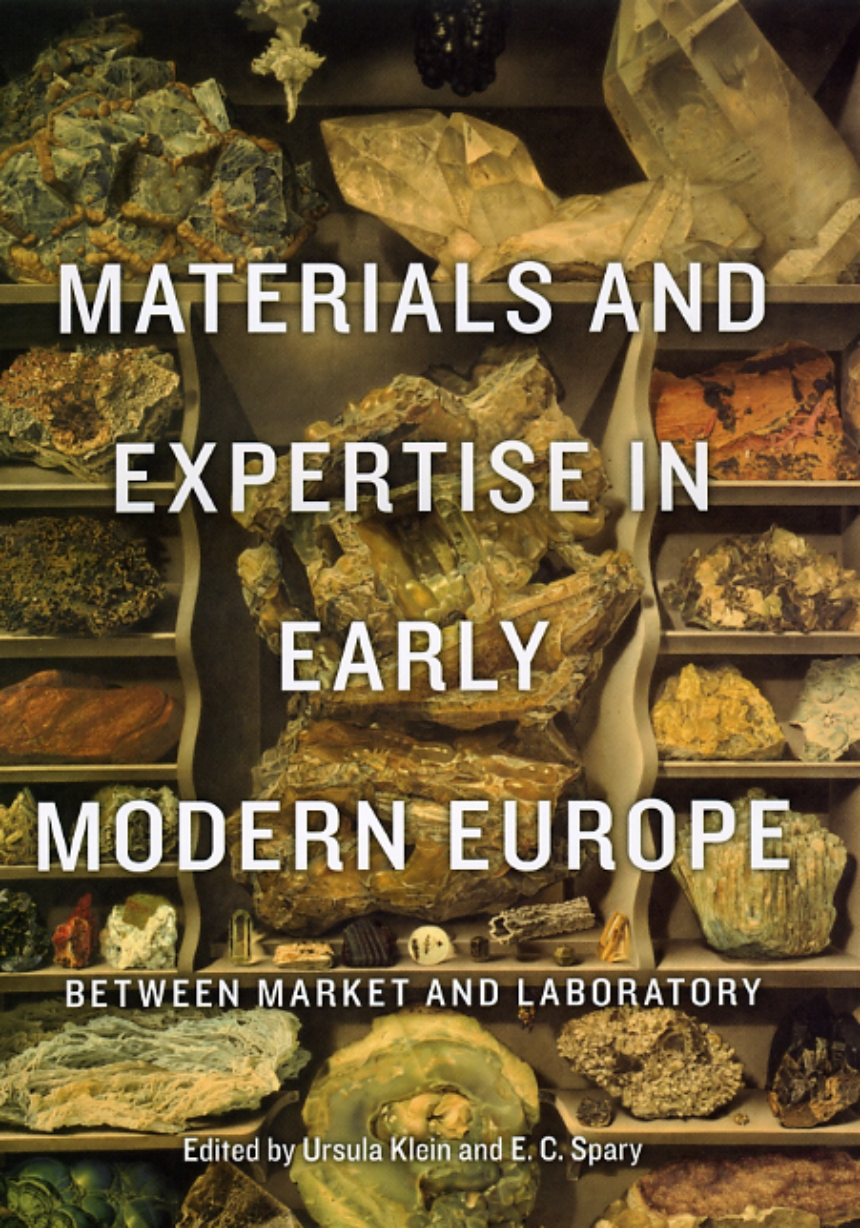Materials and Expertise in Early Modern Europe
Between Market and Laboratory
Materials and Expertise in Early Modern Europe
Between Market and Laboratory
It is often assumed that natural philosophy was the forerunner of early modern natural sciences. But where did these sciences’ systematic observation and experimentation get their starts? In Materials and Expertise in Early Modern Europe, the laboratories, workshops, and marketplaces emerge as arenas where hands-on experience united with higher learning. In an age when chemistry, mineralogy, geology, and botany intersected with mining, metallurgy, pharmacy, and gardening, materials were objects that crossed disciplines.
Here, the contributors tell the stories of metals, clay, gunpowder, pigments, and foods, and thereby demonstrate the innovative practices of technical experts, the development of the consumer market, and the formation of the observational and experimental sciences in the early modern period. Materials and Expertise in Early Modern Europe showcases a broad variety of forms of knowledge, from ineffable bodily skills and technical competence to articulated know-how and connoisseurship, from methods of measuring, data gathering, and classification to analytical and theoretical knowledge. By exploring the hybrid expertise involved in the making, consumption, and promotion of various materials, and the fluid boundaries they traversed, the book offers an original perspective on important issues in the history of science, medicine, and technology.
408 pages | 21 halftones, 1 line drawing, 2 tables | 6 x 9 | © 2010
Biological Sciences: Natural History
Culture Studies:
Earth Sciences: History of Earth Sciences
Economics and Business: Economics--History
History: British and Irish History, European History, General History, History of Ideas, History of Technology
Physical Sciences: History and Philosophy of Physical Sciences
Sociology: Social History
Reviews
Table of Contents
Acknowledgments
1 Introduction: Why Materials?
Ursula Klein and E. C. Spary
Part 1 The Production of Materials
Introduction to Part 1
Ursula Klein
2 Vermilion, Mercury, Blood, and Lizards: Matter and Meaning in Metalworking
Pamela H. Smith
3 Ceramic Nature
Hanna Rose Shell
4 The Production of Silver, Copper, and Lead in the Harz Mountains from Late Medieval Times to the Onset of Industrialization
Christoph Bartels
5 Ink
Adrian Johns
6 Blending Technical Innovation and Learned Natural Knowledge: The Making of Ethers
Ursula Klein
Part 2 Materials in the Market Sphere
Introduction to Part 2
Ursula Klein
7 Enlightened Milk: Reshaping a Bodily Substance into a Chemical Object
Barbara Orland
8 The Sparkling Nectar of Spas; or, Mineral Water as a Medically Commodifiable Material in the Province, 1770–1805
Matthew D. Eddy
9 Liqueurs and the Luxury Marketplace in Eighteenth-Century Paris
E. C. Spary
Part 3 State Interventions
Introduction to Part 3
Ursula Klein
10 Economizing Agricultural Resources in the German Economic Enlightenment
Marcus Popplow
11 The Crisis of English Gunpowder in the Eighteenth Century
Seymour H. Mauskopf
12 Between Craft Routines and Academic Rules: Natural Dyestuffs and the “Art” of Dyeing in the Eighteenth Century
Agustí Nieto-Galan
Secondary Sources
Contributors
Index
